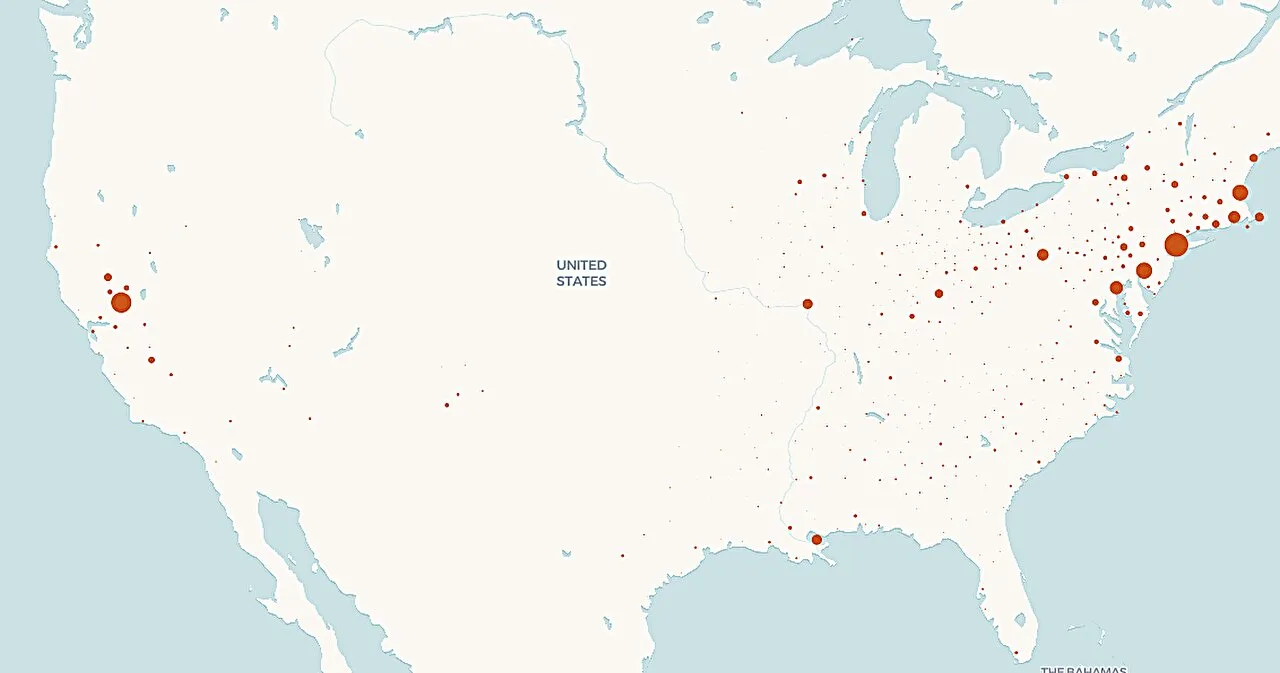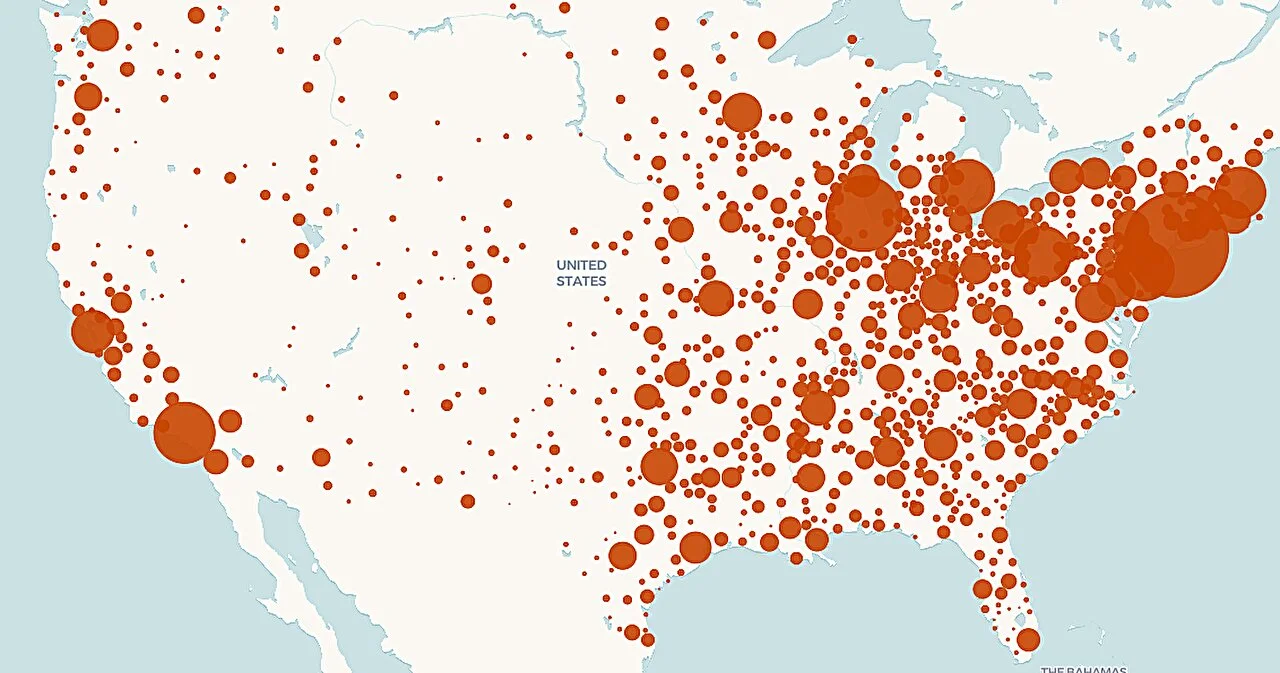For 170 years, American cities have followed a "hidden law" of growth, maintaining consistent economic structures and unique identities despite major technological and industrial shifts.

October 6, 2025

Source:
ScienceDaily
A Hidden Order in Urban Economies
For 170 years, a consistent economic structure has defined the growth and decline of American cities. Despite massive technological and industrial revolutions, a "hidden order" continues to shape how urban centers diversify, innovate, and preserve their unique economic identities.
This enduring framework is not accidental. It is rooted in a city's core industries and socioeconomic fabric, creating a stable foundation that allows for adaptation without erasure. Recent economic data underscores this resilience.
Metropolitan Areas as Economic Engines
In 2023, U.S. metropolitan areas were the primary drivers of the national economy. According to the Bureau of Economic Analysis (BEA), these urban centers contributed over 91% of real GDP growth and accounted for more than 88% of all jobs. This concentration highlights the central role cities play in economic activity and their ability to withstand profound changes over time.
Keep up with the story. Subscribe to the PR+ free daily newsletter

Source:
http://Phys.org
Drivers of Urban Economic Stability
The economic identity of a city is closely tied to its industrial composition and workforce. This coherence is maintained through sectoral consistency and the clustering of wealth and talent.
Sectoral Strengths and Diversification
Cities often achieve significant economic gains by leveraging foundational sectors. For instance, cities like Fayetteville, NC, and Virginia Beach, VA, have seen growth powered by government, education, and health services. These sectors recently posted the strongest one-year employment growth, outpacing even leisure and hospitality for the first time since the pandemic, as noted in reports from institutions like the Milken Institute.
This shows that while cities embrace new technologies, their core sectoral mix remains central to their stability.
Wealth, Talent, and Industry Clusters
The wealthiest American cities demonstrate clear patterns of industry and wealth concentration.
West Coast hubs like San Jose and San Francisco are dominated by the technology sector, leading to high median incomes and real estate values.
East Coast cities often feature strong finance and professional services industries.
These specialized labor markets are supported by high educational attainment. In tech-centric areas like San Carlos, CA, 67.7% of residents hold a bachelor's degree or higher, ensuring a stable and skilled workforce that reinforces the city's economic identity.
Read More

Source:
http://Phys.org
Share this news:




















